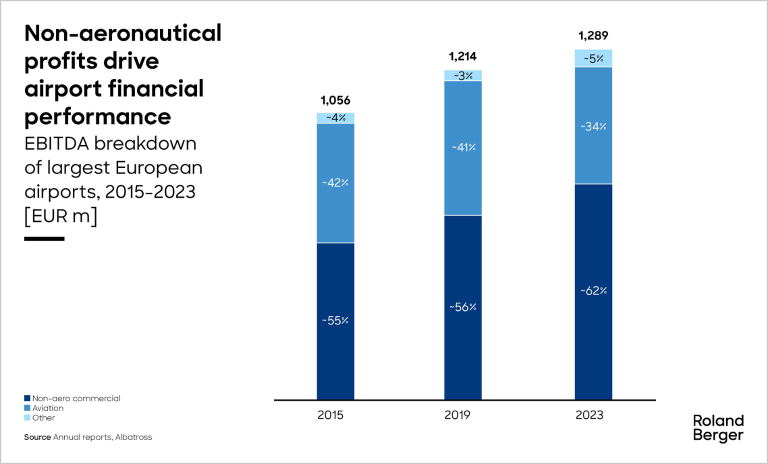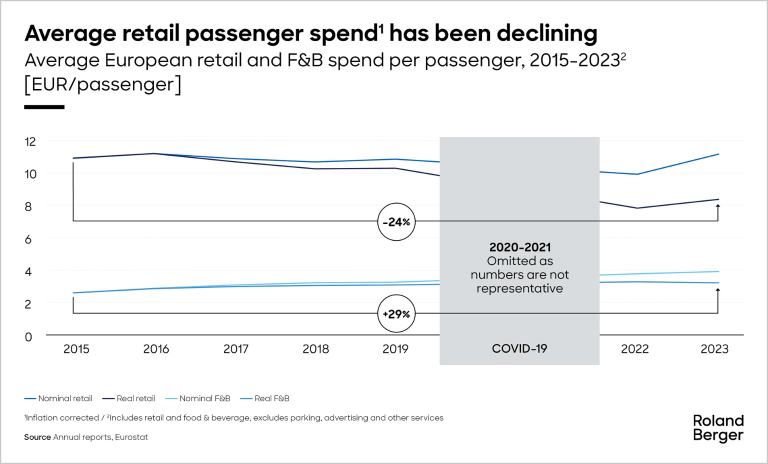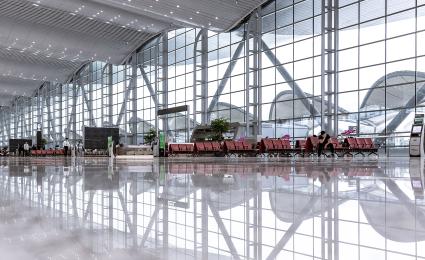In uncertain times, airports must be ready for whatever lies ahead. We outline a process of transformation that can ultimately make them future-proof.
Commercial effectiveness at modern airports
![{[downloads[language].preview]}](https://www.rolandberger.com/publications/publication_image/Roland-Berger_Commercial-effectiveness-airports_Cover_download_preview.jpg)
Discover strategies to boost airport revenue amid retail challenges. Learn how top airports excel in non-aero revenue. Download the full report now.



_person_144.png)









_person_320.png)
